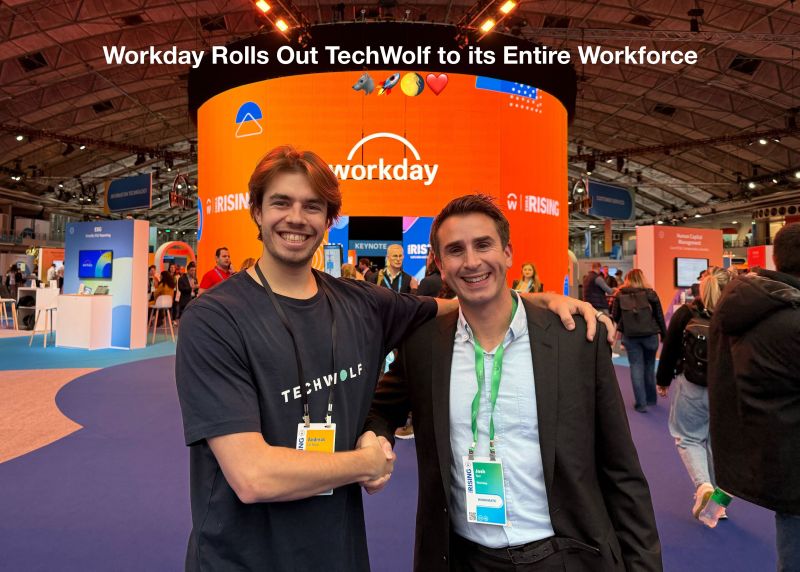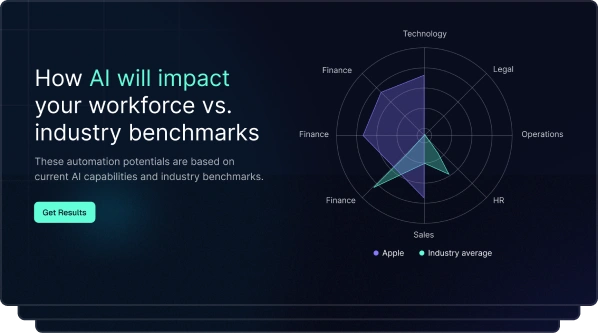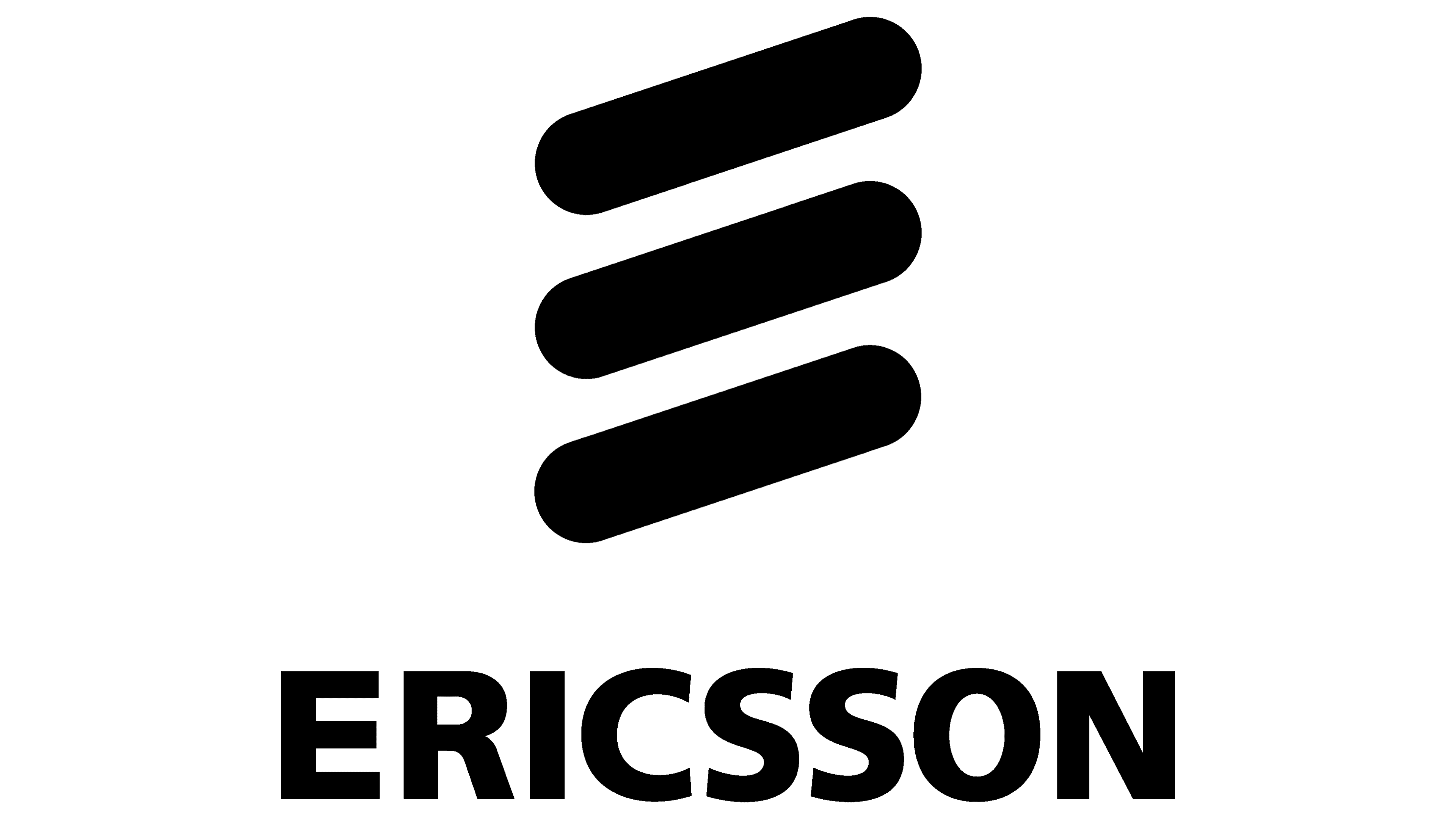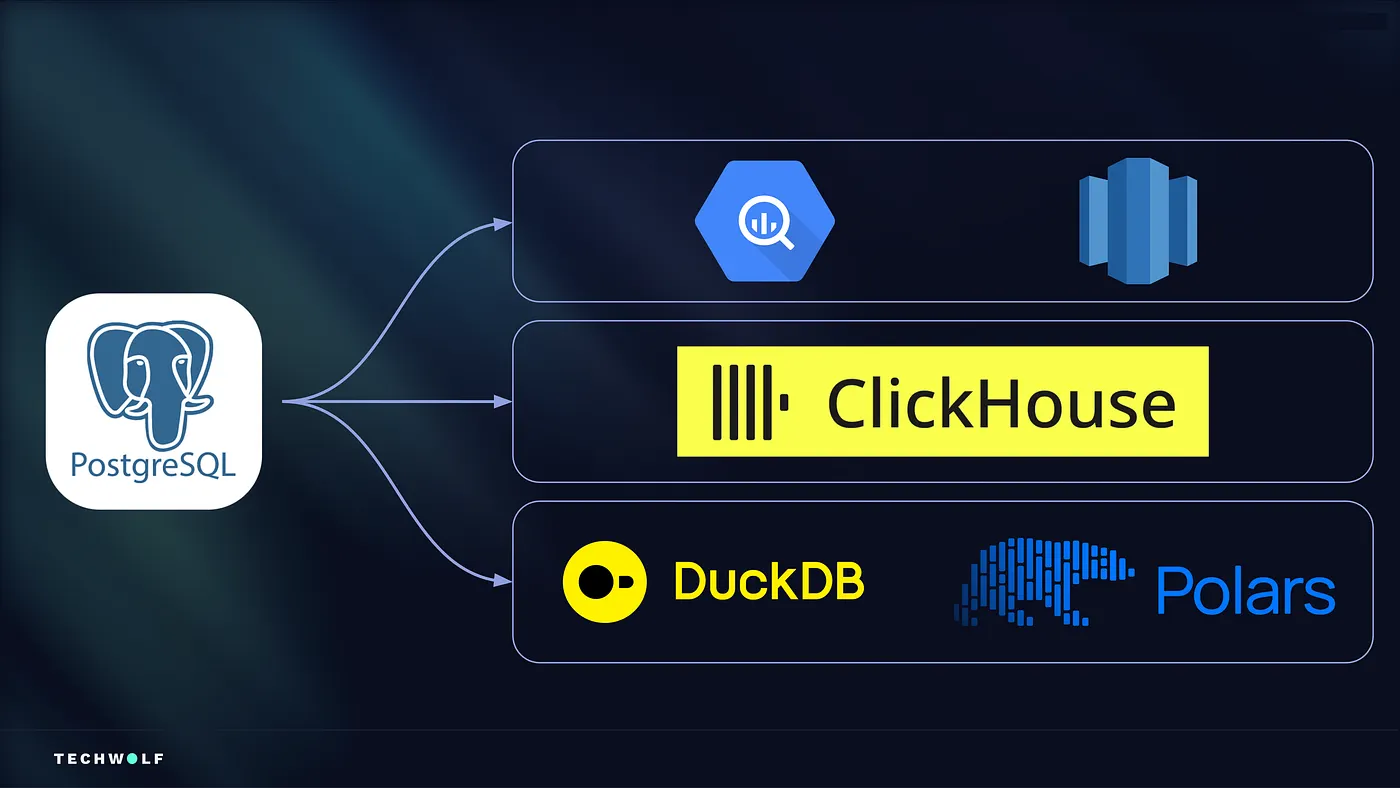TechWolfs' Workforce Intelligence Index - A technical breakdown
.png)
New to TechWolf? Get the big picture first via our vision blogpost: The why, what and how of our Workforce Intelligence Index : Read the vision
How it works
TechWolf’s Workforce Intelligence Index shows the work that is actually performed in your organization, the skills required to do that work, and how these are changing in the AI era.
This gives you the confidence to make people decisions - upskilling, reskilling, or redeploying - at the right time and pace.
In four steps, our AI turns raw information into trusted task and skill insights that support your workforce transformation. Below is a detailed breakdown of those steps:
1. Data Sources
It begins with high-quality inputs.
We start from a global labor market dataset of over 2 billion vacancies.
From there, we select vacancies published by your company to capture the most precise signal. You can enrich this with internal data, job architecture, HR systems, and even workflow tools like project management and documentation, so the picture reflects the work happening in your context.
For this demo, only aggregated public data was used.
2. Task extraction & normalization
Next, we move from job titles to the work itself.
TechWolf’s AI breaks roles into specific, measurable tasks and aggregates them across all data points. We then normalize those tasks using TechWolf’s proprietary work-embedding models so that different descriptions map to the same underlying work.
This harmonization makes it easier to benchmark roles across teams and industries, compare how work is distributed, and spot patterns in skill demand or automation potential. It also helps link market insights to your internal workforce data for more actionable intelligence.
Example — Customer Success Manager
- Account Management: client relationships, account health, expansion opportunities.
- Technical Support: troubleshooting, implementation coordination, product guidance.
- Strategic Planning: success plans, usage analysis, adoption strategies.
Example — Software Engineer
- Software Development: design, implementation, code reviews.
- Bug Resolution: reproduce, fix, validate.
- Collaboration & Coordination: refine requirements, sprint planning, cross-functional alignment.
- System Maintenance & Optimization: performance monitoring, refactoring, CI/CD upkeep.
3. Workforce Intelligence Index
With tasks mapped, we can gauge where people and AI each add value.
For every task, our AI computes a Workforce Intelligence Index using the Human Agency Scale published by researchers at Stanford University (Shao et al., 2025). We summarize it into three practical buckets:
- Human: tasks that rely on judgment, creativity, or empathy - AI supports.
- Augmentable: strong outcomes when people and AI work together.
- Automatable: structured, repeatable tasks that AI can handle with limited input.
To place tasks into these buckets, we consider six dimensions - kept simple and people-first:
- Cognitive complexity: how much problem-solving or abstract thinking is needed.
- Uncertainty or risk: the impact of getting it wrong and the predictability of outcomes.
- Domain expertise: the depth of specialized knowledge required.
- Empathy: the need to understand and respond to people’s perspectives.
- Physical labour: the manual effort or handling of materials involved.
- Ethical / sensitive topics: confidentiality, cultural sensitivity, or moral judgment.
These lenses clarify where AI can responsibly help and where human expertise remains essential.
4. From insight to action
With the Index, you can move at a pace that fits your organization.
By combining task-level and job-level analysis, TechWolf provides recommendations that support thoughtful change:
- Visibility into real work: look beyond job titles to day-to-day activities across roles, job families, and departments.
- Clarity on AI’s role: see where augmentation or automation is realistic - and where human strengths lead.
- Focus for change: understand which roles are most affected so efforts land where they matter.
- Targeted skill development: build capabilities that prepare people for the future of work.
- Supportive mobility: match people to roles where their strengths create the most value.
Discover the Workforce Intelligence Index
To explore the Workforce Intelligence Index in detail, visit the index here.
Blog
From guides to whitepapers, we’ve got everything you need to master job-to-skill profiles.
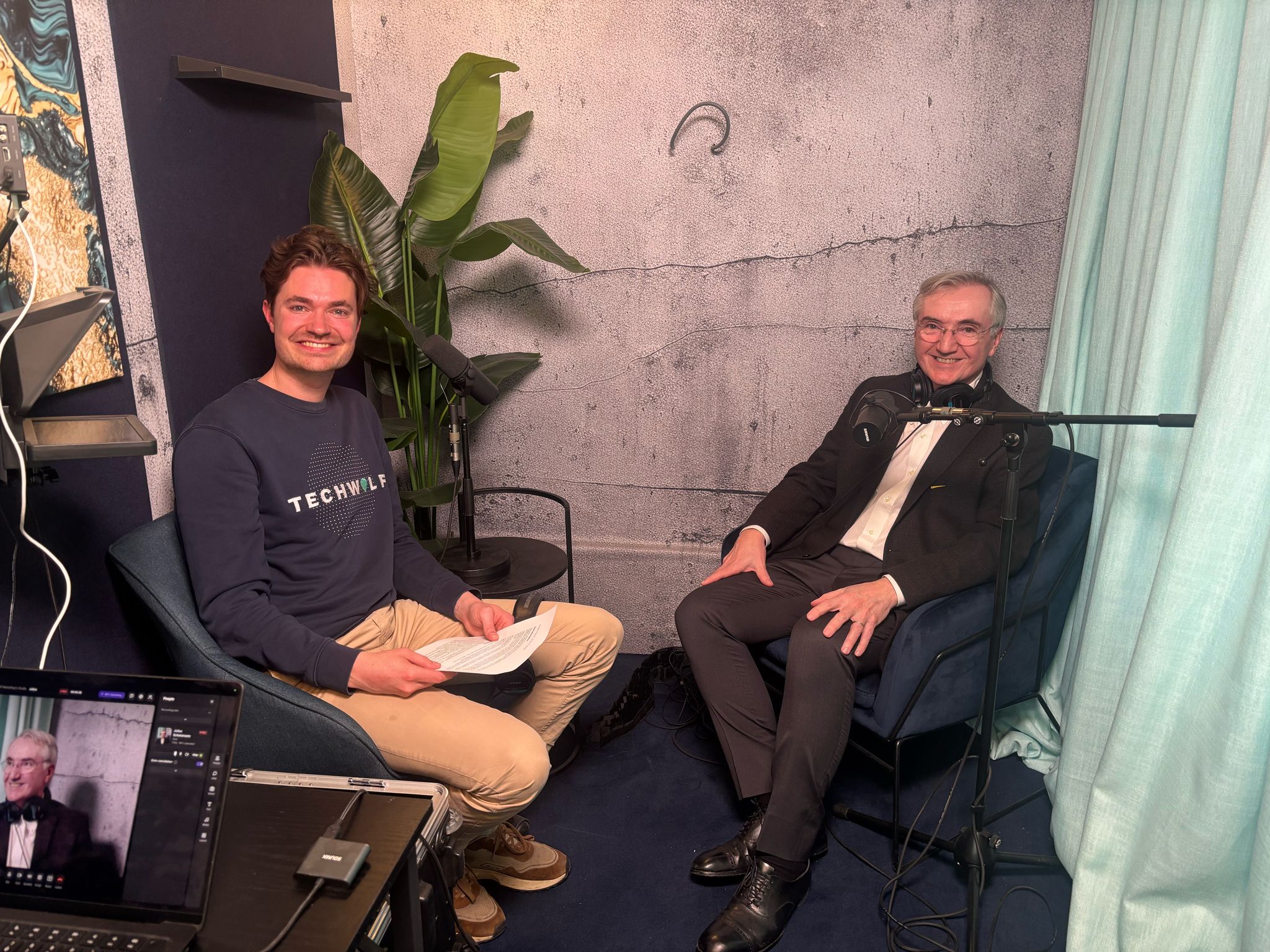

Learn fast or fall behind: Harvard’s Joseph Fuller on HR’s AI wake-up call
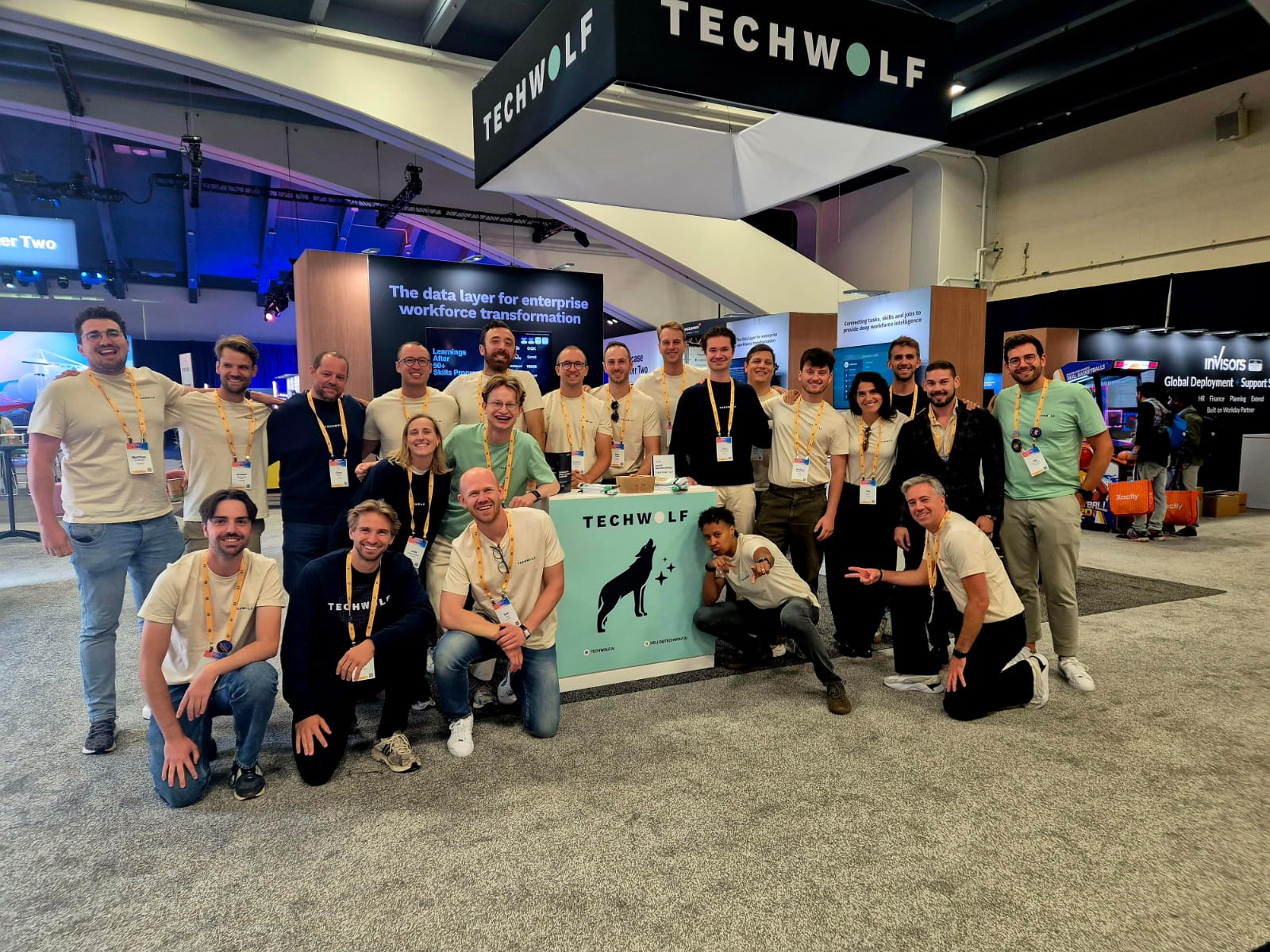

Workday Rising SF'25 - TechWolf’s TOP 5 Takeaways
